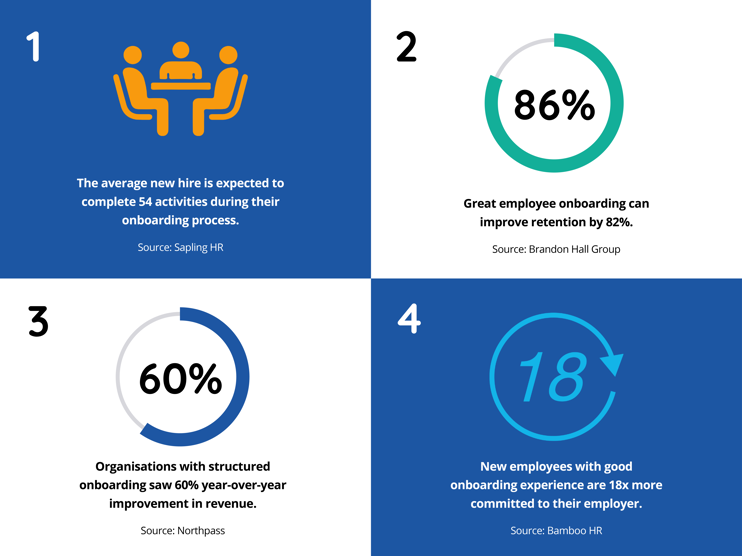"Strategic Talent Acquisition: Challenges in Recruiting and Selecting Top-Notch Professionals"
by Kumudu Alwis
One of the most important components of organisational success is the recruitment and selection of elite workers. Organisations have several obstacles in locating, recruiting, and keeping top people in an era of swift technical breakthroughs and changing labour market dynamics. This in-depth study examines the various obstacles that organisations experience during this process and looks at effective ways to overcome them.
Hiring and choosing elite personnel is essential to an organisation's capacity for innovation, competitiveness, and success. The difficulties in acquiring talent change along with the corporate environment. This paper explores the main obstacles that businesses encounter when trying to find and hire exceptional talent, offering insights into the intricacies of this crucial business process.
Key Challenges:
Talent Shortage:
The lack of qualified workers is a major obstacle in many businesses. When there is a greater need for specialised knowledge than there is talent available, organisations compete more fiercely. Finding and convincing elite specialists to join a specific organisation is not the only difficult task.
Shifting Characteristics of the Job Market:
The work market's dynamic changes, technology breakthroughs, and economic swings all add to the uncertainty surrounding the recruitment and retention of professionals possessing the necessary skill sets. In order to stay flexible and attentive to the changing demands of the labour market, organisations need to modify their hiring practices.
High Expenses of Hiring:
A significant amount of money must be spent on advertising, agency fees, and internal resources during the hiring process. For companies, especially those with limited funding, finding a balance between luring in top talent and controlling spending limits is a constant struggle.
Retention of Employees:
Even with a successful hiring process, companies struggle to hold on to elite talent. High turnover rates are attributed to various factors, including competitive employment offers, restricted prospects for progress, and concerns regarding work-life balance. Retention tactics that work are essential to maintaining a high-achieving staff.
Cultural Fit:
Maintaining congruence with the culture and values of an organisation is an individualised task. Long-term success requires finding the ideal mix between technical proficiency and cultural fit. Inconsistencies in cultural alignment can cause discontent and impede teamwork inside the company.
Inclusion and Diversity:
Reaching diversity and inclusion objectives in hiring continues to be difficult. To build a diverse and creative workforce, it is imperative to eliminate prejudices in the hiring process, promote inclusivity, and draw in individuals from a range of backgrounds.
Technological Progress:
The environment of recruitment has changed due to the rapid advancement of technology. Keeping up with the latest technology developments in recruitment tools is crucial for companies looking to streamline their operations. Missed opportunities to engage with top talent and inefficiencies could arise from not utilising state-of-the-art technologies.
Globalisation
Hiring experts with cross-cultural competencies is a difficulty for global operations organisations. Success requires recruiting methods to be adjusted to different cultural contexts. In a globalised workforce, it is critical to comprehend the subtleties of various markets and hiring procedures.
Rapid Changes in the Industry:
Industries that are changing quickly find it difficult to pinpoint the precise skill sets needed to succeed. This uncertainty makes it more difficult to find and hire experts who can adapt to changing environments, which presents a tremendous problem for hiring managers and HR specialists.
Compliance with the Law and Ethics:
It is critical that all legal and ethical requirements are met during the hiring process. Non-compliance can harm the organisation's reputation, have legal repercussions, and make it more difficult to draw in top people.
Strategies for Overcoming Challenges:
Conclusion
In conclusion, firms have enormous obstacles when it comes to finding and hiring exceptional experts. A proactive and flexible approach is needed to manage hiring process difficulties, market changes, and personnel shortages. Organisations may position themselves to recruit, select, and retain the greatest individuals by putting innovative solutions into practice, keeping an eye on industry trends, and building an excellence- and inclusivity-centered culture. Consequently, this guarantees a competitive edge in the constantly changing corporate environment. Overcoming these obstacles is essential to developing a strong, productive workforce that propels organisational success.
Reference list
Armstrong, M. (2006). A handbook of human resource management practice.
10th ed. London: Kogan Page.
Gröschl, S. (2016). Diversity in the Workplace. Routledge.
Holbeche, L. (2009). Aligning Human Resources and Business Strategy.
Routledge.
Jackson, S.E. (1993). Diversity in the workplace: human resources
initiatives. New York: Guilford Press.
Jordaan, B. (2016). Effective Workplace Solutions. Siber Ink.
Mahr, F. (2010). Aligning Information Technology, Organization, and
Strategy. Springer Science & Business Media.
Nyanchama Ayega, E. (2018). Critical Review of Literature on Cultural
Diversity in the Work Place and Organizational Performance: a Research Agenda. Journal
of Human Resource Management, 6(1), p.9. (Available
at: doi: https://doi.org/10.11648/j.jhrm.20180601.12.) [Accessed 10 Nov 2023].
Patrick, S. and Wilden, J. (1998). A Methodological Approach for
Understanding Diversity in the Work Place. Proceedings of the International
Association for Business and Society, 9, pp.853–864. (Available at : doi:https://doi.org/10.5840/iabsproc1998979) [Accessed 15 Nov 2023].
Ramsay, R.T. (1978). Management’s Guide to Effective Employment
Interviewing.
Shad, R. (2010). Design Collaboration as a Tool for Developing Diversity
in the Work Place. The International Journal of Diversity in Organizations,
Communities, and Nations: Annual Review, 10(2), pp.247–256. (Available at :
doi:https://doi.org/10.18848/1447-9532/cgp/v10i02/39828) [Accessed 19 Nov 2023].




Attractive description. Many charts and tables provides insight information with a value
ReplyDeleteSelecting Top-Notch Professionals is very critical and vital for organization success .To win the top talents for a organization recruiting and selection process must be well aligned with organizational mission.and company has to undergo many obstacles in the process .thanks for sharing and explaining the right process
ReplyDeleteThank you so much for your valuable comments
ReplyDelete